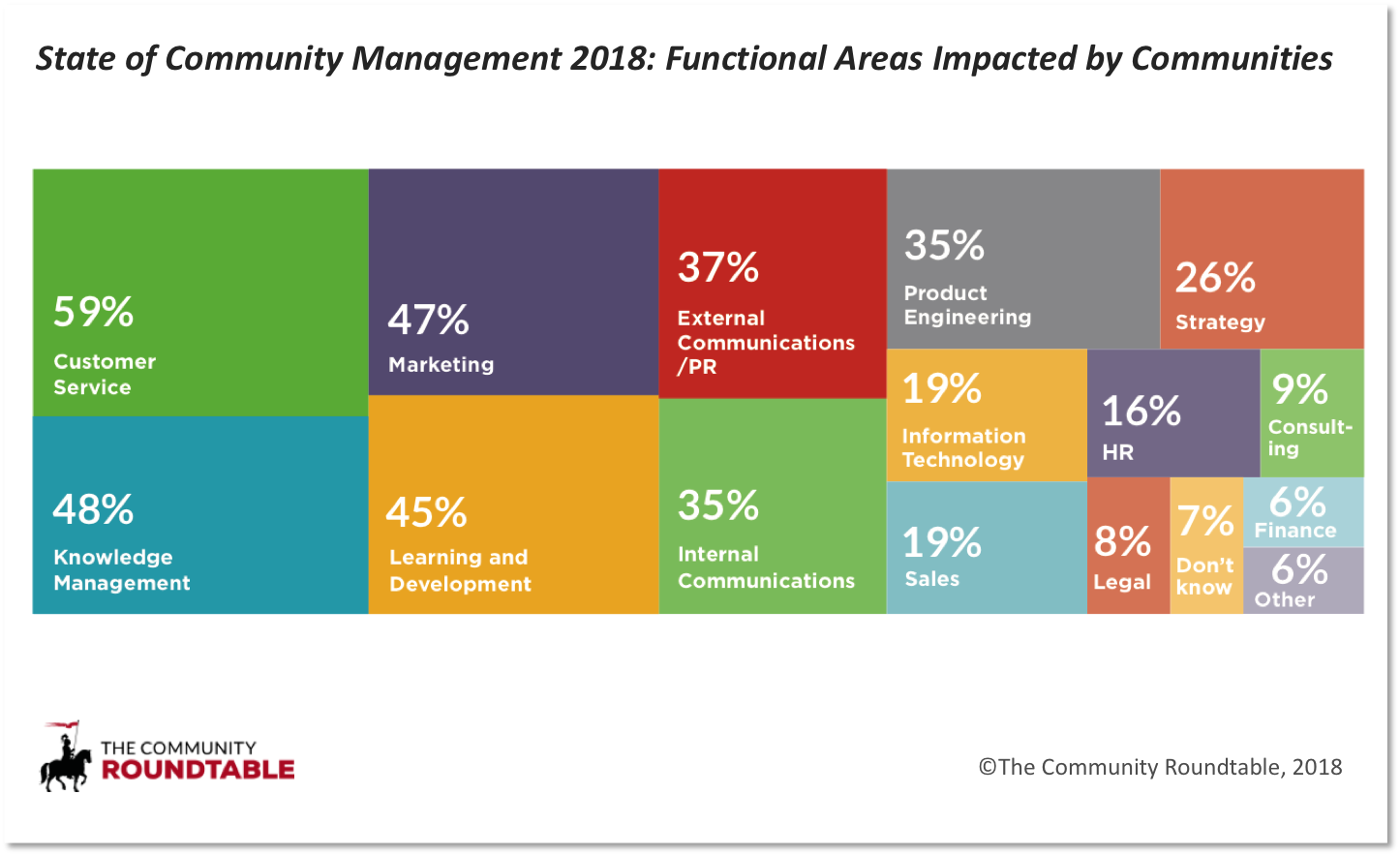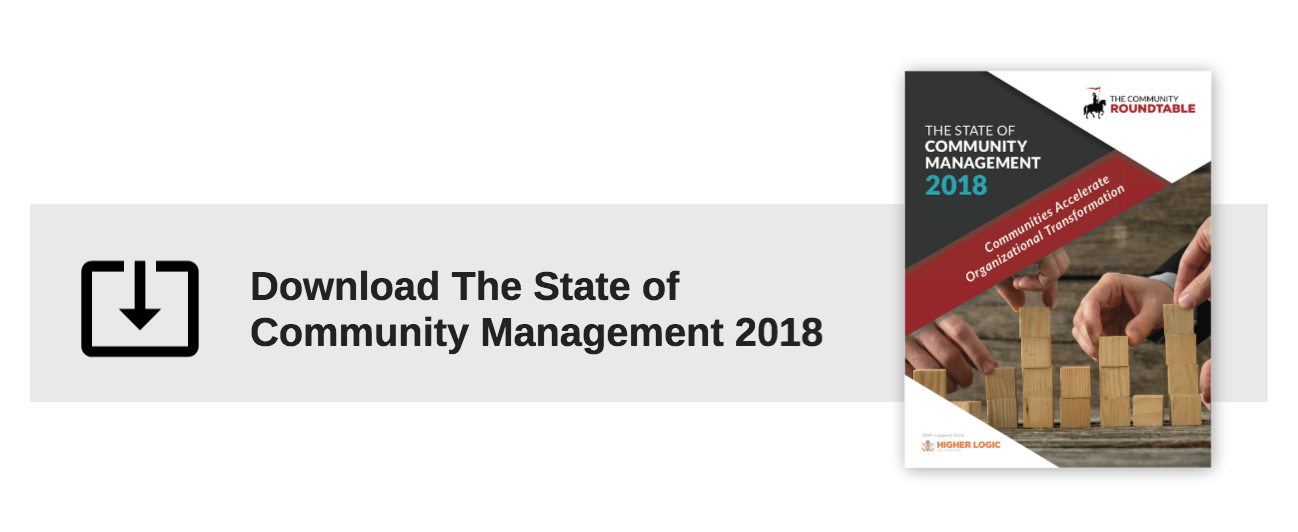 Executives are struggling with how to rapidly transform their organizations. There is so much that needs to be addressed and so quickly, that it’s challenging to know where to start.Communities point to a possible approach.
Executives are struggling with how to rapidly transform their organizations. There is so much that needs to be addressed and so quickly, that it’s challenging to know where to start.Communities point to a possible approach.
Community impact is broad and deep
Communities are reaching the breadth and depth of organizations and functions.
Community programs seem poised to take off as the new area for developing a competitive edge. While the ability of communities to affect ‘a’ function or ‘a’ department is relatively well acknowledged …the extent to which they have cross-functional reach within organizations, was a revelation. This is a huge opportunity for organizations if they are willing to invest in communities.
Organizations can learn from the evolution and success of another function; Human Resources
The State of Community Management 2018 findings regarding communities remind me of what another function was facing nearly two decades ago…the human resources function.
Human Resources was always perceived as a stand-alone department serving primarily payroll/vacation processing needs. The realization that (1) HR had the ability to reach across the organization to wherever there were employees, (2) that this reach provided a unique opportunity to increase engagement and loyalty through HR policies and (3) engaged employees were profitable and core to organizational success, was key to HR becoming a vital function with strategic implications.
This enabled organizations to gain a competitive advantage by leveraging their workforce. Southwest comes to mind as an early adopter of this view of HR. They combined logistics and employee engagement to achieve early and continued success.
Communities can provide engagement at deeper levels
Communities are even more powerful in my view since not only can they engage employees across the organization, they can engage customers, vendors, experts, leaders, and anyone external to the organization.
The nature of community can adapt to fit a specialized group of practitioners sharing knowledge and experience, an alumni network providing value to their educational institution, departments working to get new team members up to speed, dedicated customers contributing ideas and suggestions for new product lines…the possibilities are endless. An organization could even have communities within employee groups that share expertise and troubleshoot issues collaboratively. They can be formed across functions and thus serve multiple functions simultaneously.
From a business perspective, this is an incredibly exciting finding
We found 15 different functions that communities are active in. The overall list is much more. Customer service was the most popular at 59% followed by Knowledge Management at 48% and Marketing at 47%. There were communities for PR (37%), Strategy (26%) and Product Engineering (35%). Many communities though formally defined as single communities were supporting multiple functions.
These community programs are bringing multiple benefits to processes they affect. Read more in SOCM 2018


